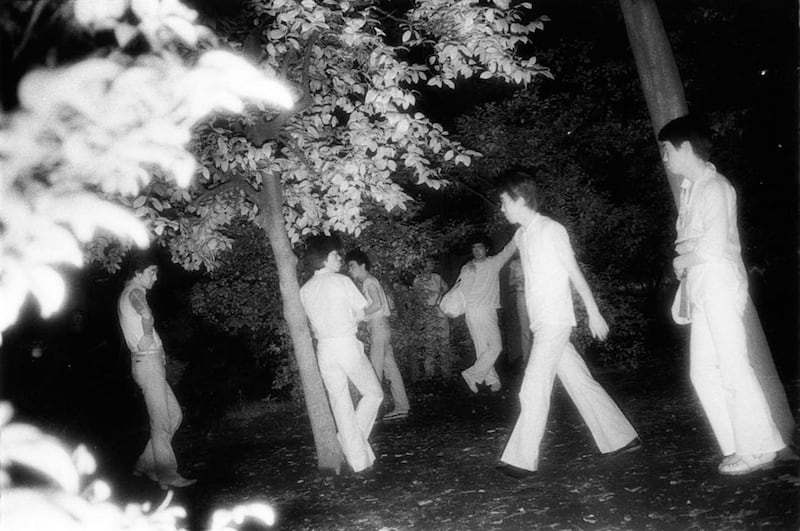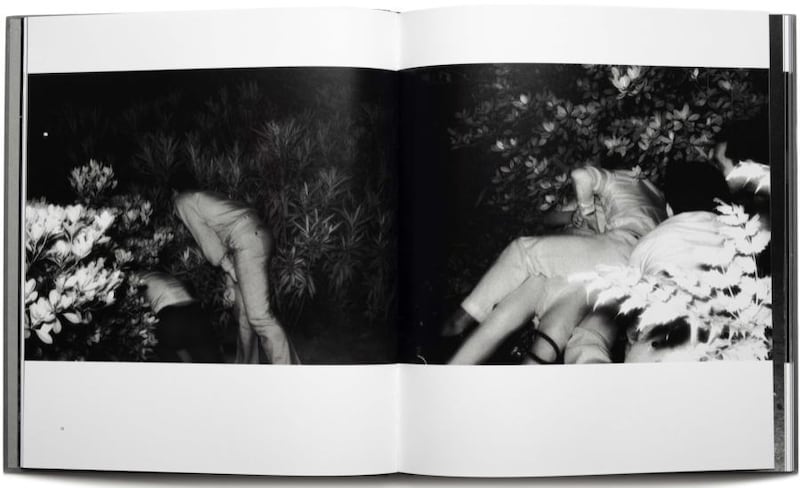We are under surveillance. Cameras are everywhere – attached to buildings, in shopping malls, on public roads and street corners – and our online behaviour is covertly monitored in detail before being fed into complex algorithms. Globally, one in three people use a Facebook-owned service on a daily basis and Google, especially now through Android, is harvesting our browsing, location and travel patterns.
The apps are free but there’s a hidden price given how advertisers pay for the profiling data in order to target consumers and curate their online experience. This may seem benign – advertising is part of life – but it is becoming increasingly personal and the Cambridge Analytica scandal could be the tip of an iceberg in the process of being formed.
Inexpensive facial recognition technology is currently in its infancy and about to enter a new phase, one where anonymity will become a quaintly antique notion. Blanket surveillance, we will be told, is for the greater social good; we are being observed because we are being protected. Chinese tech companies, boasting how their software can identify people wearing face masks, have been quick to use the Covid-19 virus to help market their invasive software.
It was in pre-digital times, 1980, when photographs taken in Tokyo parks became notorious: all 100,000 copies of the magazine showing them were immediately sold out. Kohei Yoshiyuki, using a 35mm camera with infra red film and a flash with filters, had captured the previously unrepresented activities of couples – heterosexual (between 1971-3) and homosexual (1979) – who used the parks at night for illicit goings-on.

When the pictures were published in book form as The Park, what contributed to them becoming a cause célèbre were the proximity voyeurs he photographed watching the couples. The redesigned, anniversary edition of The Park reignites debate in an age where other people’s privacy is more exposed, exploited and taken for granted than ever before.
The photographs came to be defended as a work of social documentation that opened a window into the dark side of a deeply conservative society where proprieties could wear the mask of hypocrisy. More prosaically, the pictures pointed to the fact that young people mostly lived with their parents until they married. But trysts in a park, even raunchy ones under cover of darkness, cannot explain the continuing strangeness of photographs that catalyse contemporary questions about privacy and surveillance.
In a way, the act of taking photographs itself is voyeuristic somehow. So I may be a voyeur, because I am a photographer
Yoshiyuki’s curiosity was aroused by the stalkers, the audience of spectators who looked for canoodling couples in the expectation that clandestine embraces would escalate in flagrante delicto. The creepy presence of the skulkers is inseparable from the seediness of their furtive business: working as if in packs, they violate what should be private, becoming feral, predators of the vulnerable as they move closer and closer to their prey.
Yossi Milo, in the introduction to the new edition of The Park, writes of the unease the photographs creates: “one is both chilled and thrilled by Yoshiyuki’s boldness”.
Indeed, for this is nature photography gone grievously awry. Their stark chiaroscuro renders eerie the peepers’ nocturnal attendance amidst park foliage, making clear their salacious intent. The camera’s flash turns their eyes into pinpricks of light and their clothes ethereally white, creating spectral tableaux of voyeuristic indecency, hushed theatres of prurient surveillance utterly devoid of glamour.
The weird, as that which does not belong where it is apprehended, is an apt term for the presence of voyeurs in Yoshiyuki’s photographs. “My intention,” he said in an interview, “was to capture what happened in the parks, so I was not a real ‘voyeur’ like them.” He tellingly went on to note that “in a way, the act of taking photographs itself is voyeuristic somehow. So I may be a voyeur, because I am a photographer.”

Put like this, his admission seems to be that of the innocuous artist, belying the fact that peeking onlookers are absent from the frame in a fair number of his pictures. They are moreover, frankly erotic and morally questionable depictions of couples’ private passions. Sometimes, the only Peeping Tom is Yoshiyuki with his camera; sometimes it comes close to soft porn.
What is discomfortingly uncool about The Park is the way it turns the book’s viewers into voyeurs – the psychoanalytic term is scopophilia – who pryingly gaze at the photographs, peering at prostrate bodies to discern what is taking place. To drive home the parallel, the photographs have more than once been exhibited in dark galleries where visitors are given torchlights to implicate them in the ambivalence of their looking.
It is no coincidence that the voyeurs in the Tokyo parks are all men
The word voyeur has its earliest recorded use at the beginning of the nineteenth century but Herodotus was tapping into its racy appeal in the 5th century BCE with his tale about a Lydian king who coerced a bodyguard into hiding in his bedroom to watch the queen undress herself.
The tale of a husband in thrall of a desire to have his wife seen naked by another man is bound up, of course, with the covetous male gaze – the one that Rembrandt catches in Susanna and the Elders – but the story also harks back to a strain of fantasy that is still with us. It is no coincidence that the voyeurs in the Tokyo parks are all men but it is also true that the photographs maintain a frisson and a compulsive desire to look. Perhaps it is desire itself and the lure of the forbidden that draws in the viewer.
The Park has a place in conversations about the aesthetics and practice of photography given that taking pictures of people without their awareness is as old as street photography itself. The genealogy goes back to the first half of the 19th century when Louis-Jacques-Mandé Daguerre, the inventor of the daguerreotype, used his camera to capture a Parisian street view with a man having his boots cleaned.

Art, and not just photography, may be predicated on looking but it is becoming intrinsic to other areas of life. The forty years since The Park’s first publication have been witness to an exponential increase in the taking and availability of pictures. Now, as it becomes built into the panoptic functioning of law enforcement authorities and Google and Facebook-owned apps, looking is being being systematised as mass surveillance How this will affect our existence as citizens depends on who is doing the looking, who is collecting the data, how secure is it and, crucially, what is the motive.
Biometric surveillance by the state and techno giants, given the magnitude of their intrusive operations, possess tremendously more sinister potential
The voyeurs in the Tokyo parks are at best sad and lonely individuals and the poignancy in Yoshiyuki’s photographs is capable of accommodating this. But there is an edgy side to their lurking, libido-charged spectatorship that verges on the threatening. Some of them go beyond merely watching, getting too close as they shockingly stretch out hands to caress body parts. Such feverish and brazen anticipation is no pantomime; there is danger in their desire.
But the possibilities for AI-aided biometric surveillance by the state and techno giants, given the magnitude of their intrusive operations, possess tremendously more sinister potential. Surveillance of the surveillants seems necessary in an era where we will be written into data garnered in yottabytes (1024) and subjected to increasingly integrated and sophisticated facial recognition software. New mobile phone users in China must submit to facial recognition scans which feed into the monitoring of so-called anti-social civilians using public transport networks, shopping malls or attending large-scale public events.
What is becoming part of the fabric of daily life for Chinese citizens led the EU Commission’s executive vice-president on digital policy, Margrethe Vestager, to express alarm at a scary future: People attending anti-Beijing protests, she said, could receive a phone message: We know you’re there, maybe you should go home.
If feels like an invasion of privacy is being mounted, a gathering of digitally connected forces on the frontiers between proper and improper conduct. When Kohei Yoshiyuki used his Canon 7 in Tokyo parks he was close to transgressing one of the borders, trespassing if you like, but a full-scale invasion is something else. After all, what could be useful for airport security should not be a get out of jail card for those who may be shaping a dystopian future.
Kohei Yoshiyuki: The Park is published by Radius Books














